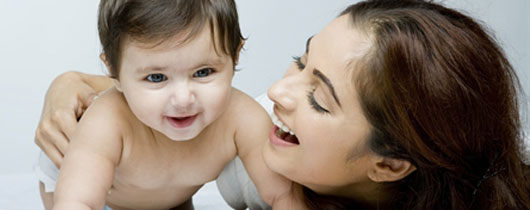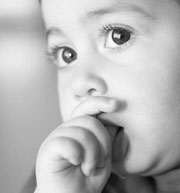
A baby's movements are governed by reflexes. These reflexes are somewhat automatic and not in his control. To give an example if one strokes a newborn's hand or foot on either the top or back then whole arm or leg withdraws slightly and then the feet or hands flex and turn. They turn as a mechanism to grasp your finger. This withdrawal reflex is present till the baby starts using his limbs in other ways, for example, standing, holding hands, etc.
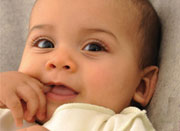
For all their delicate appeal, newborn babies can hardly be called beauties. There is a rather gnomish look to them, with oversized head (one-fourth of their entire length), narrow chest, large round abdomen, and short-bowed legs. The baby's appearance when they arrive is wet and slippery coated with vernix caseosa the white creamy substance that protects the skin before birth.
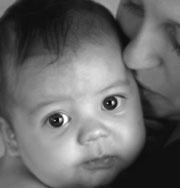
A newborn's eyesight undergoes quite a few changes in the very first month. A baby is born with peripheral vision. By peripheral vision, we mean the capacity to see through the sides or edges and not straight. However, babies quickly also develop the capacity to focus at points and objects that are in center of their field of vision. They have a tendency to focus at objects that are between 8-15 inches in front of them. Their visual acuity grows quite fast and by the end of first month they can focus as far as 3 feet.
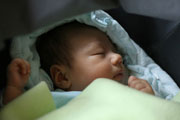
Newborns also have a remarkably efficient mechanism for defending themselves against over-stimulation. Something that causes a startle reaction, such as a bright flash of light in the eyes or a sudden bang, speeds up the baby's breathing and heart rate.
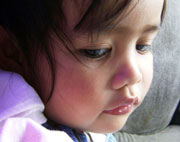
Babies have special affinity toward human voices. This is because they are used to hearing human voice from their time in the womb. They also may exhibit inclination toward voice of the mother because the baby spends maximum time with the mother before birth.


